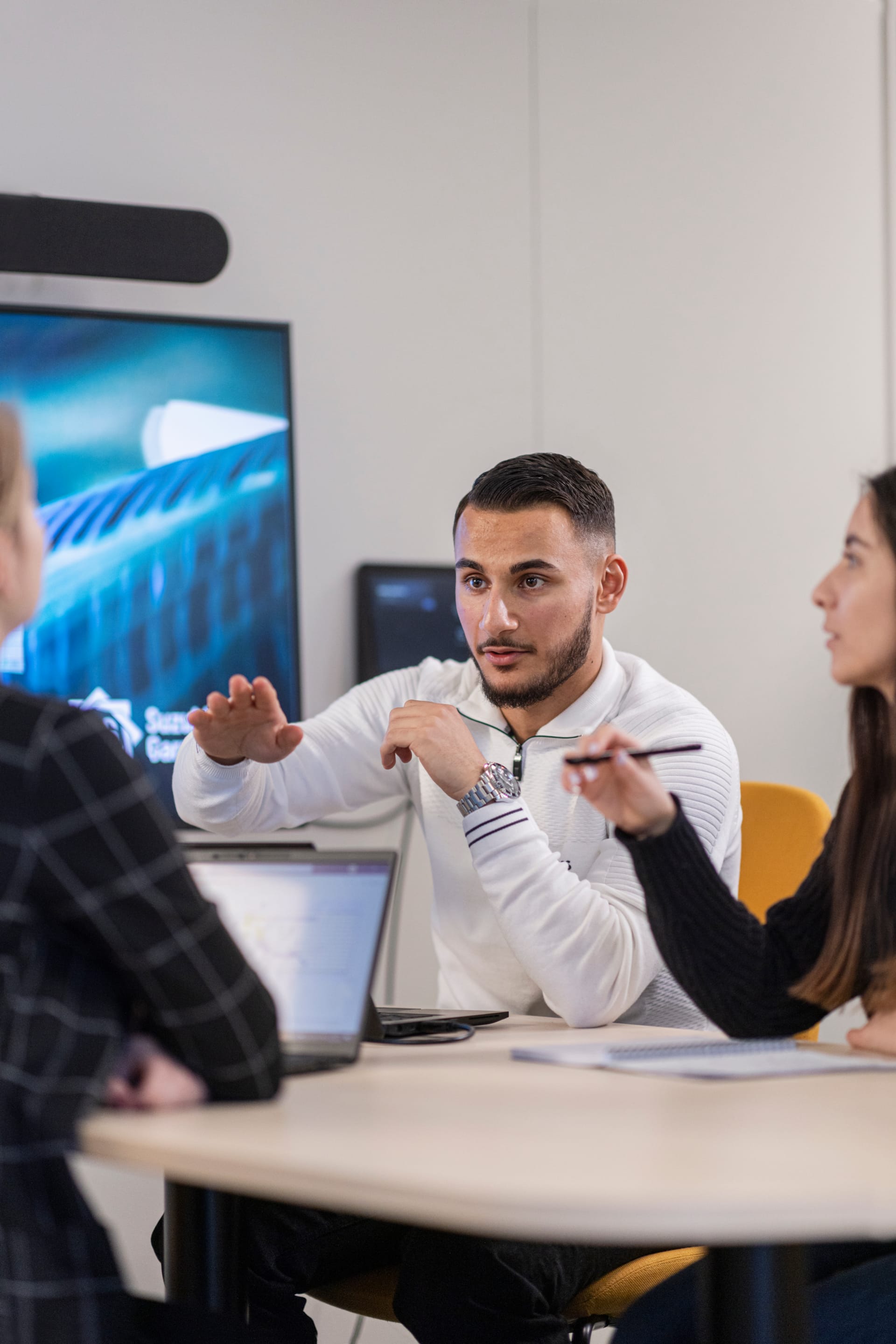To manage these risks, both global management and each site conduct annual risk analyses that include sustainability. A double materiality analysis is an integral part of our risk management process. This evaluates:
- The impact we have, or may have, on the environment and people.
- The financial impact that sustainability issues have, or may have, on our company.
We also address topics that are important to our business or prioritized by stakeholders, ensuring alignment with both industry standards and expectations. In production, risk analyses are performed at each project or production stage and updated as needed when conditions change.
Environmental risks
Our double materiality analysis highlights climate change, energy use, and resource efficiency as key environmental risks.
-
- Climate change: Extreme weather (heatwaves, torrential rain, strong winds) can caus flooding, water pollution, power failures, and operational disruptions. Local sites assess and manage these risks to adapt measures to local conditions.
- Regulations: Future legislation on emissions and energy use could bring additional costs or investment needs. Strong environmental performance can turn these challenges into opportunities.
- Greenhouse gas emissions: As the steel industry contributes significantly to global emissions, we work to reduce our impact by phasing out fossil fuels, using energy and materials more efficiently, and lowering emissions throughout operations and products.
- Resource use and circular economy: We aim to maximize material efficiency in our wire rod sourcing. Steel scrap from operations is recycled back into upstream production, supporting a circular economy.
Social risks
Social sustainability risks identified include workforce conditions, equal treatment, and opportunities for all employees.
-
- Workforce well-being: One of our three business plan focus areas is making Suzuki Garphyttan a great place to work. We promote good working conditions, equal opportunities, and a healthy corporate culture.
- Workplace safety: Manual and machine-intensive production requires strict safety routines. We use work instructions, monitoring systems, and regular follow-ups to prevent accidents and improve site conditions.
- Health and safety innovation: Our new hardening technique replaces hazardous substances with safer water-based ones benefiting both employees and the environment.
Governance and economic risks
Governance-related risks include corporate culture, corruption, bribery, and geopolitical uncertainty.
-
- Ethical standards: We have governing documents that guide employees on acting responsibly, preventing corruption, discrimination, and human rights violations.
- Economic impacts of climate change: Reduced supply or higher prices for raw materials and energy may disrupt production. Extreme weather can also cause site shutdowns or supply chain delays.
- Global trade risks: Developments like EU climate tariffs (CBAM) may affect operations across markets. Supplier-related sustainability risks are monitored closely to minimize disruptions.
- Supplier diversification: A broad supplier base reduces vulnerability and allows us to offer customers local or low-impact alternatives.
- Business adaptability: As we expand into new industries, we prepare for new regulations and quality standards (e.g., ISO 9001 vs. ISO/TS 16949). Our R&D department supports agility and innovation.
